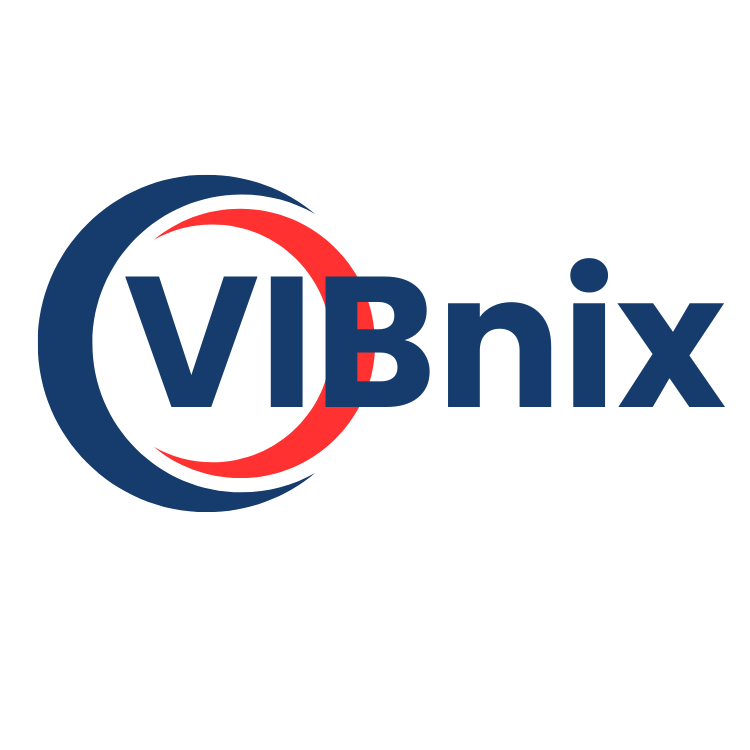electronic shelf label market Analysis: Trends, Growth Factors, and Revenue Projections
Market Overview
The global electronic shelf label (ESL) market size was valued at USD 1.95 billion in 2024, growing at a CAGR of 11.5% from 2025 to 2034.
The global electronic shelf label (ESL) market is growing rapidly, driven by the retail industry’s shift towards digitalization, automation, and dynamic pricing strategies. ESLs are electronic tags that replace traditional paper labels on retail shelves, providing real-time product information, pricing updates, promotions, and inventory management capabilities.
ESLs enable retailers to enhance operational efficiency, reduce labor costs, and improve customer experience. The growing adoption of IoT, cloud computing, and wireless communication technologies is further boosting the functionality and integration of ESL systems across retail chains. With the rising demand for smart retail solutions and personalized customer engagement, ESLs are becoming an essential component in modern retail operations.
Market Scope
- Product Types
ESLs are available in a variety of display types, including LCD, e-paper, and LED displays. They vary in size, resolution, and refresh rate, allowing retailers to select solutions tailored to their operational requirements. - Applications
ESLs are used across supermarkets, hypermarkets, convenience stores, and specialty retail outlets. Their application extends to dynamic pricing, promotions, product information display, inventory tracking, and supply chain management. - Technological Integration
ESLs integrate with store management systems, cloud platforms, and mobile applications. IoT-enabled ESLs allow for centralized control, automatic price updates, and analytics-driven decision-making. - End-User Segmentation
The primary end-users include large retail chains, small and medium retailers, and specialty stores. Large retailers adopting ESLs benefit from improved operational efficiency and real-time pricing capabilities, while smaller stores leverage ESLs for competitive advantage.
Market Opportunities
- Retail Digitalization
Retailers are increasingly adopting digital solutions to optimize pricing strategies, improve operational efficiency, and enhance customer experience. ESLs enable real-time price updates and reduce manual intervention, creating opportunities for market growth. - Integration with Smart Store Technologies
ESLs can integrate with IoT, AI, and analytics platforms to offer advanced functionalities such as personalized promotions, dynamic pricing, and inventory monitoring, enhancing their value proposition. - Rising Demand for Efficient Inventory Management
ESLs help retailers monitor stock levels, manage product placement, and reduce waste, leading to operational cost savings and improved inventory turnover. This drives adoption across the retail sector. - Growth in E-Commerce and Omni-Channel Retailing
Retailers adopting omnichannel strategies require real-time price synchronization between physical stores and online platforms. ESLs facilitate seamless integration, ensuring consistency in pricing and product information across channels.
Browse Full Insights:
https://www.polarismarketresearch.com/industry-analysis/electronic-shelf-label-market
Regional Analysis
- North America: North America leads the ESL market, driven by early adoption of retail digitalization, advanced infrastructure, and high technology integration. Retailers prioritize operational efficiency and customer engagement through ESL deployment.
- Europe: Europe exhibits steady growth, supported by large supermarket chains and hypermarkets. Adoption is further driven by labor cost optimization, regulatory compliance, and digital transformation initiatives in retail.
- Asia-Pacific: Asia-Pacific is the fastest-growing market for ESLs, fueled by urbanization, growing retail chains, and the increasing popularity of smart store solutions in countries such as China, Japan, and India.
- Latin America: ESL adoption is growing moderately in Latin America, encouraged by modernization of retail operations and expansion of supermarket chains. Market penetration is limited by cost sensitivity and infrastructure challenges.
- Middle East & Africa: The region shows gradual ESL adoption, driven by large retail chains in urban areas. Growth is supported by modernization initiatives but restrained by economic and technological barriers.
Key Players
- Displaydata Ltd.
- E Ink Holdings
- Huawei Technologies Co., Ltd.
- M2COMM
- Opticon Sensors Europe B.V.
- Pricer AB
- Samsung Electro-Mechanics
- SoluM
- Teraoka Seiko Co., Ltd.
- VusionGroup
Conclusion
The Electronic Shelf Label is poised for substantial growth, driven by retail digitalization, operational efficiency requirements, and the need for dynamic pricing solutions. While challenges such as cost, infrastructure limitations, and technology integration exist, opportunities in smart retail, IoT integration, and omnichannel strategies are significant. ESLs are set to become a standard in modern retail operations, enabling real-time pricing, inventory management, and enhanced customer engagement worldwide.
More Trending Latest Reports By Polaris Market Research:
Americas Coating Additives Market
Data Center Containment Market
Americas Coating Additives Market
Kuwait Crowdfunding Platform Market
Automotive E-Compressor Market
Benign Prostatic Hyperplasia Surgical Treatment Market
Animal Feed Organic Trace Mineral Market
Automotive Plastic Fasteners Market
Animal Feed Organic Trace Mineral Market
- Vibnix Blog
- Politics
- News
- Liberia News
- Entertainment
- Technology
- Educación
- Art
- Causes
- Crafts
- Dance
- Drinks
- Film
- Fitness
- Food
- Juegos
- Gardening
- Health
- Home
- Literature
- Music
- Networking
- Other
- Party
- Religion
- Shopping
- Sports
- Theater
- Wellness



